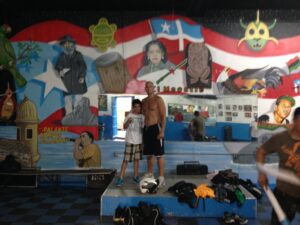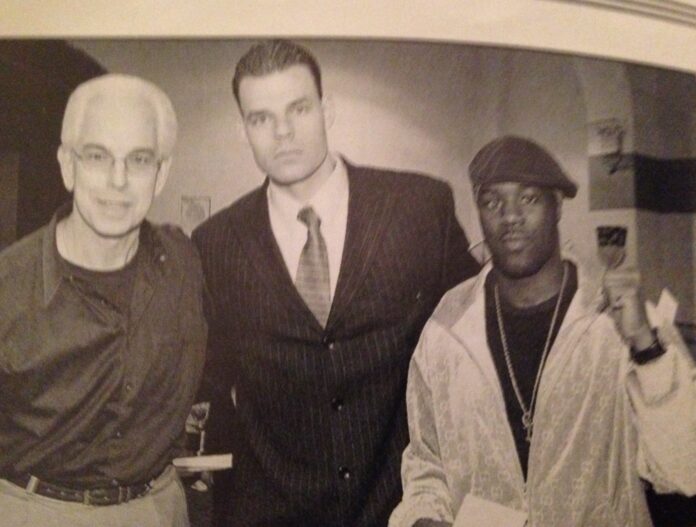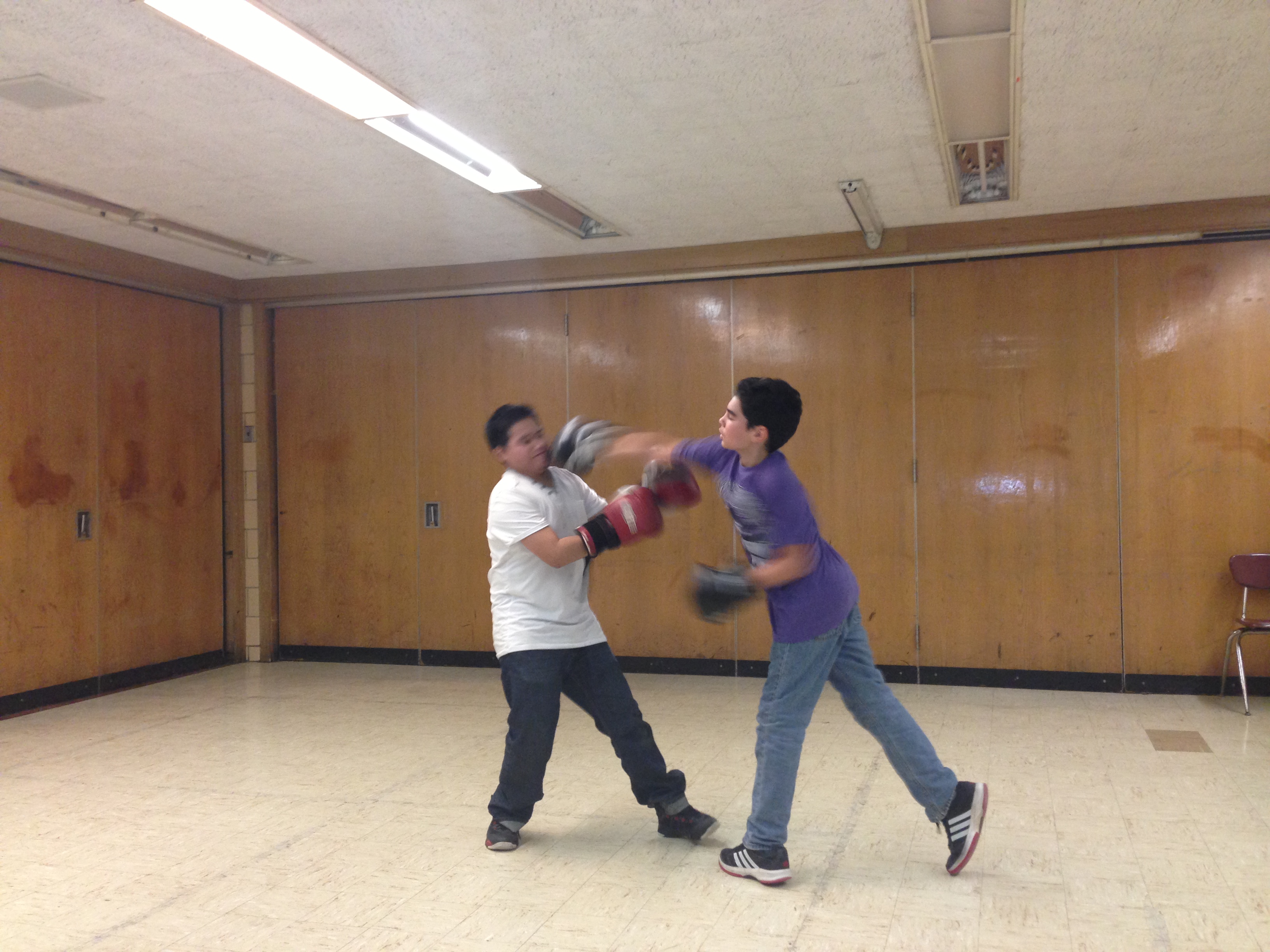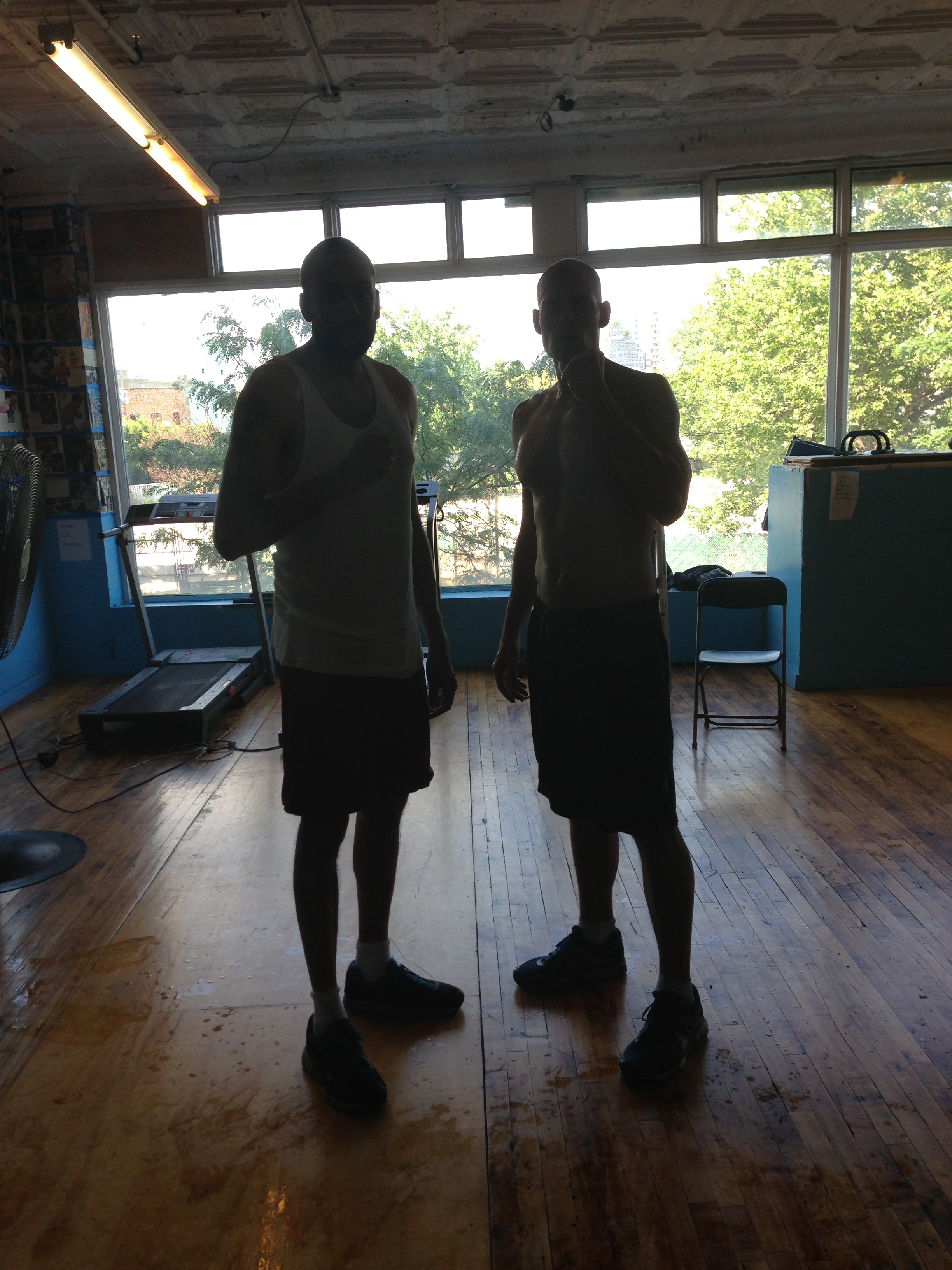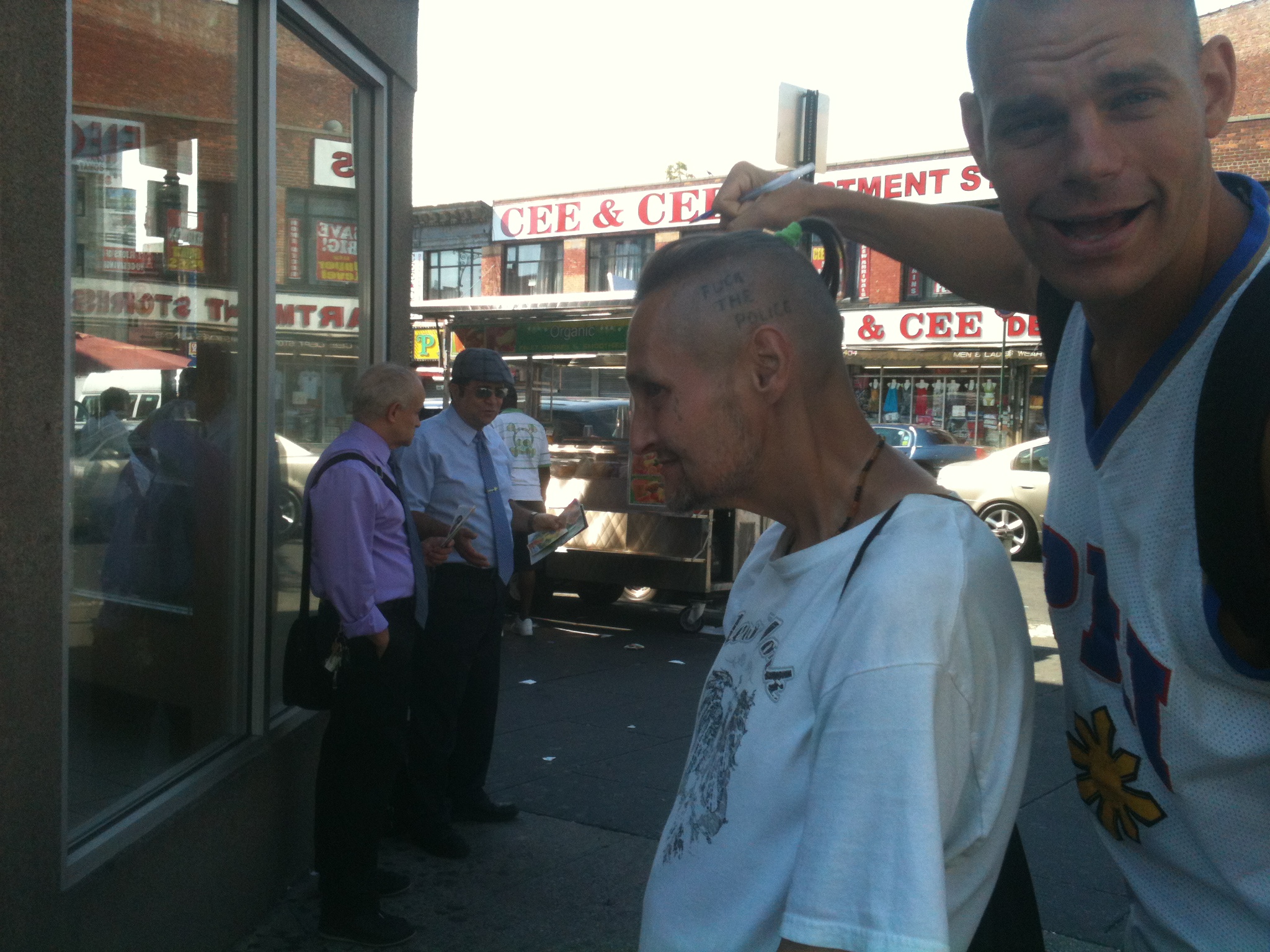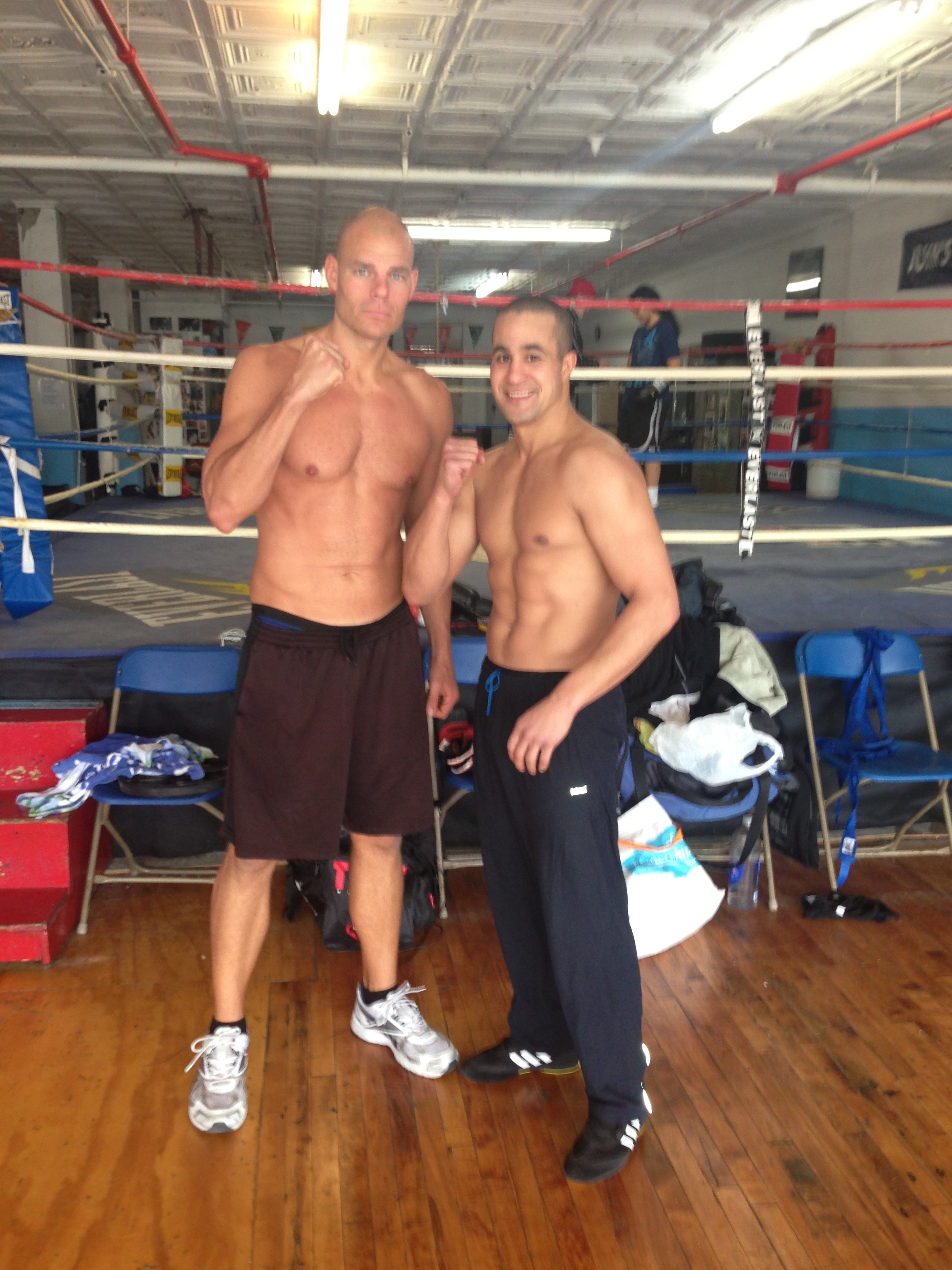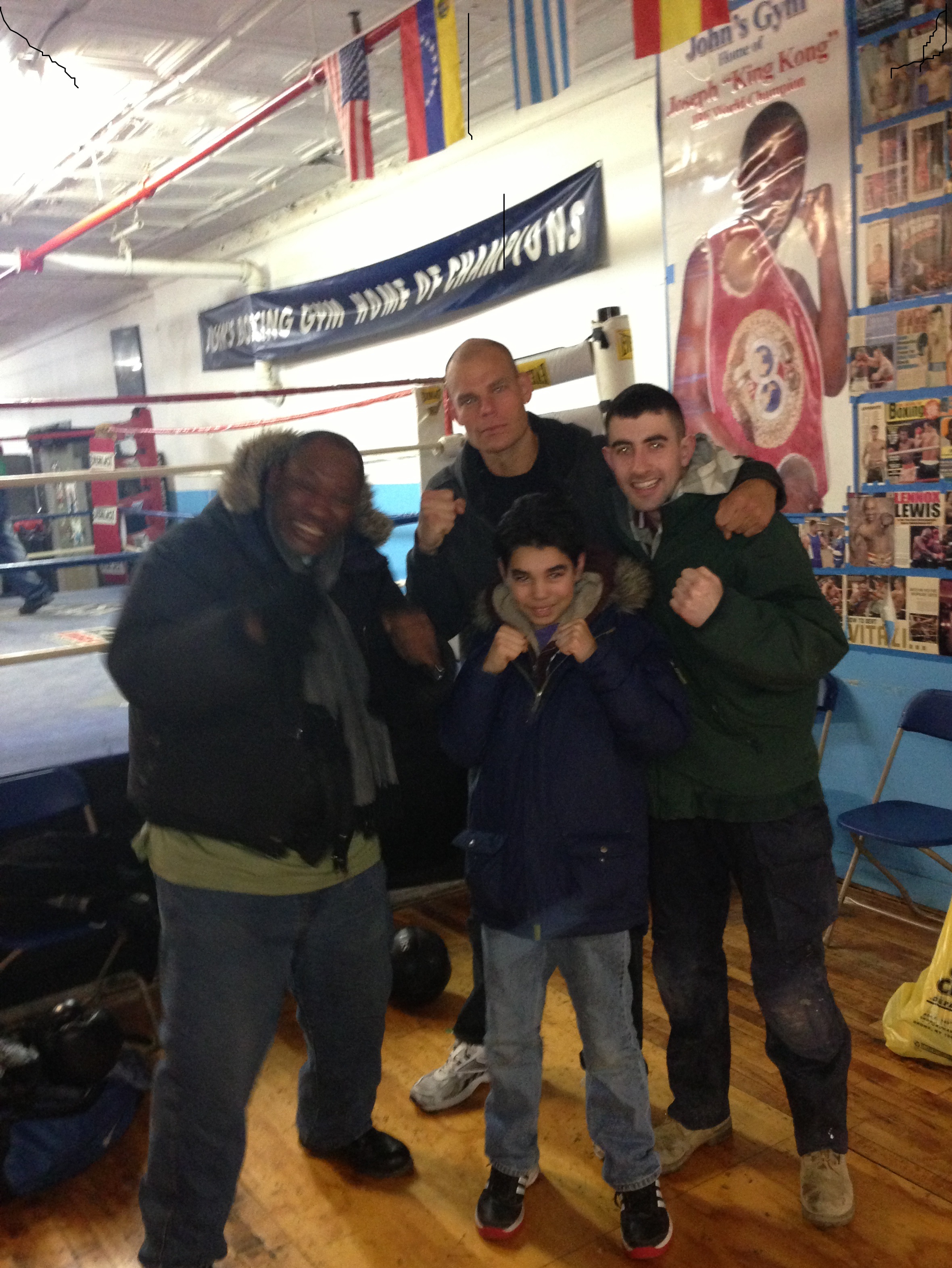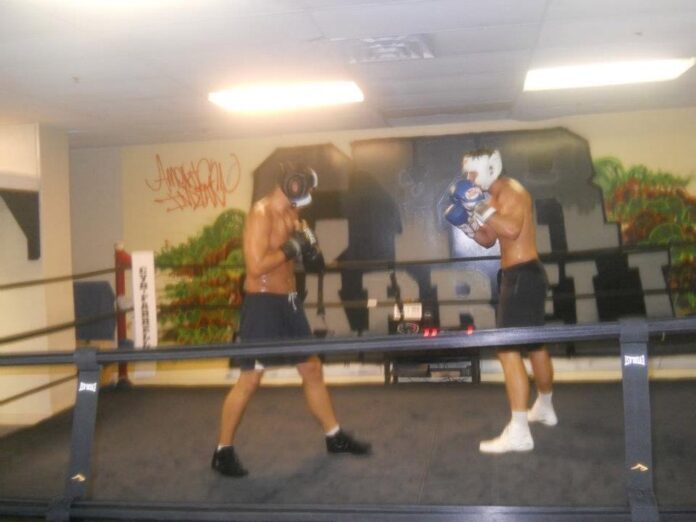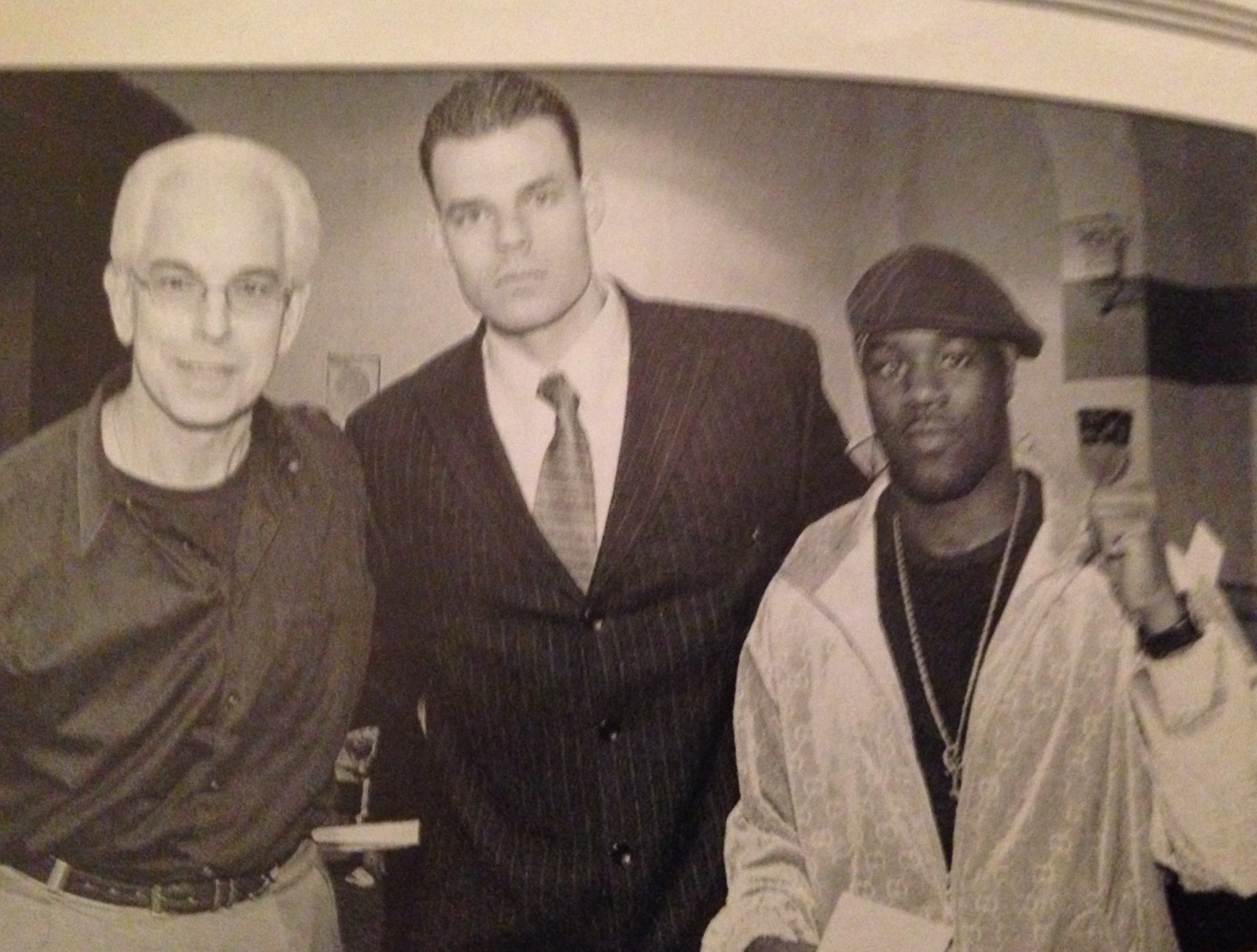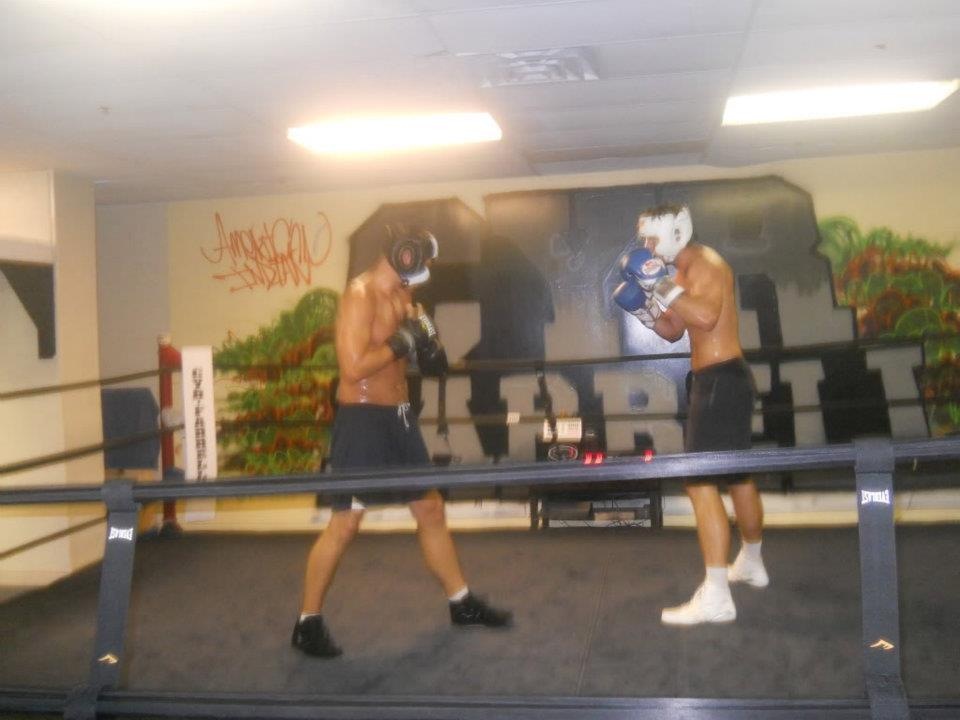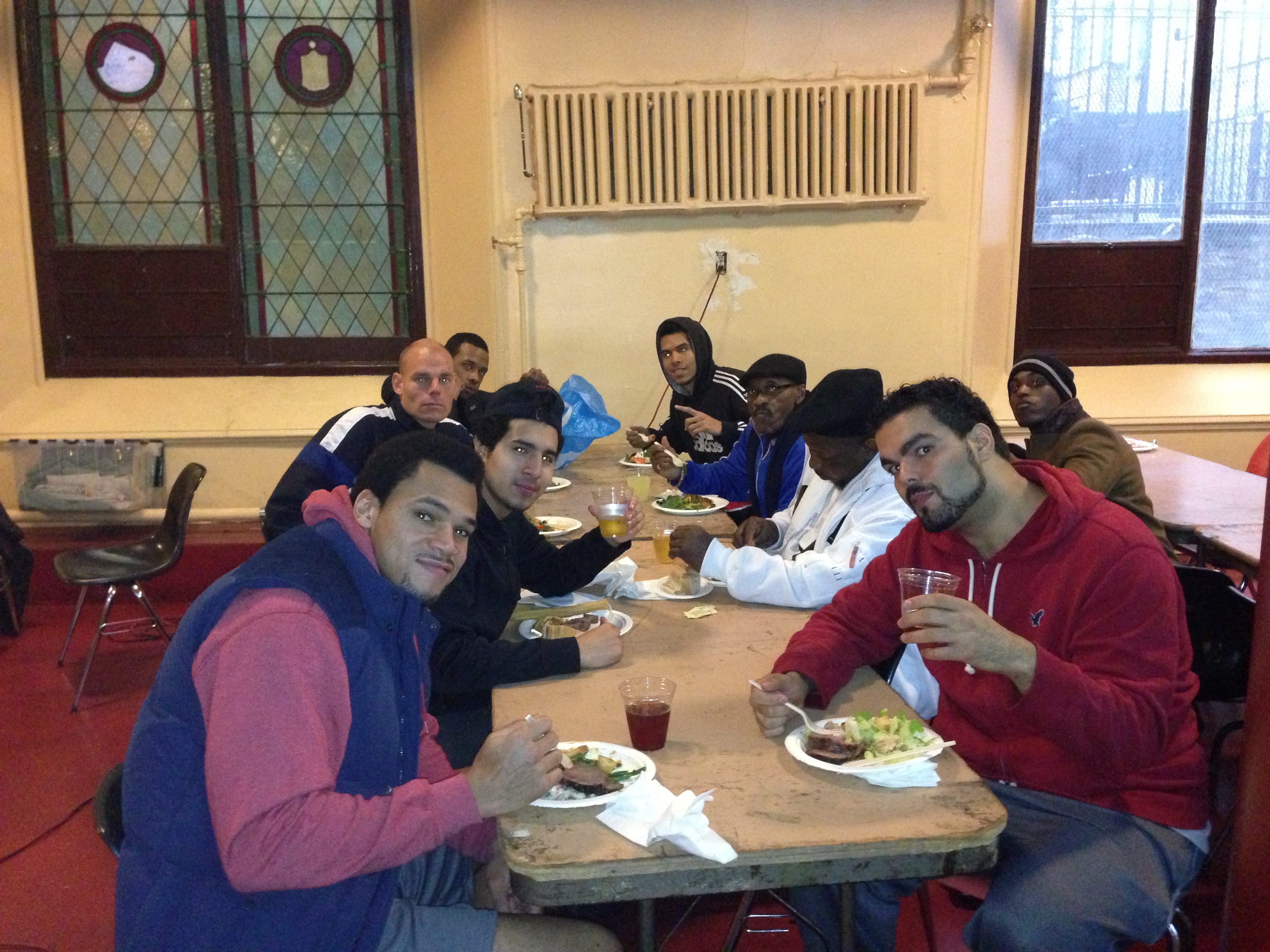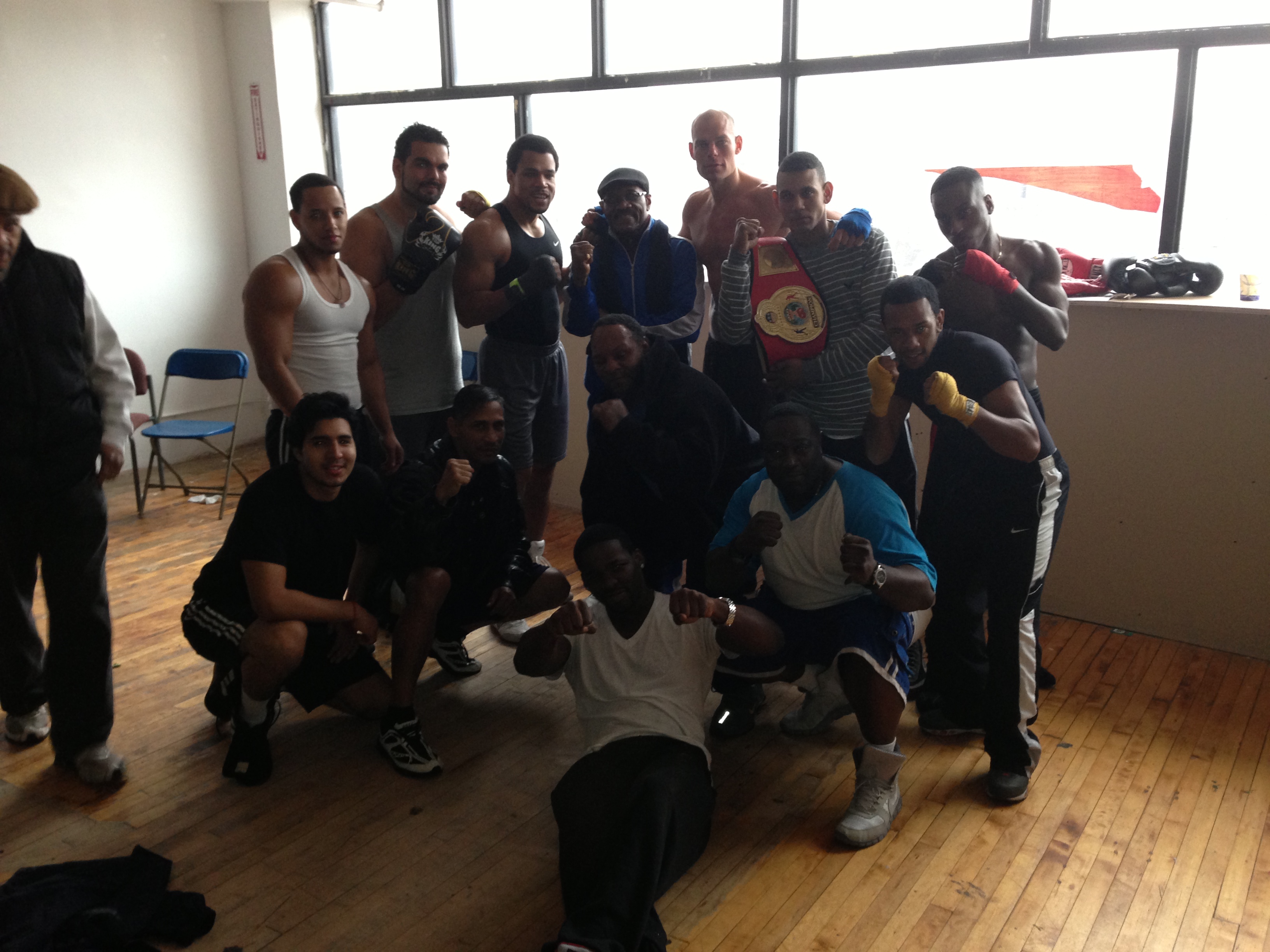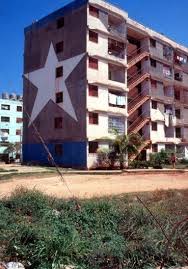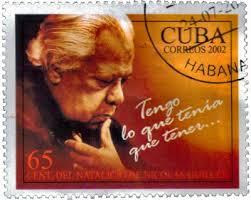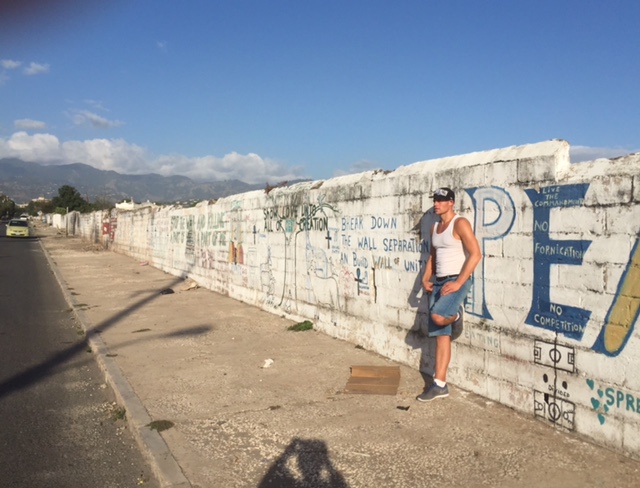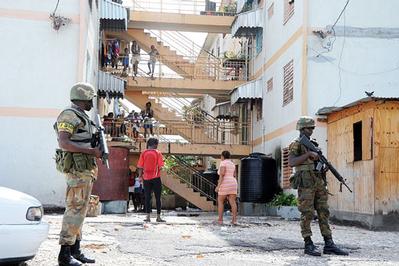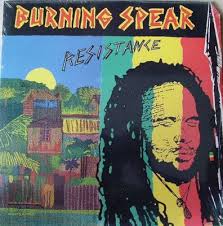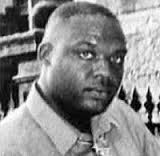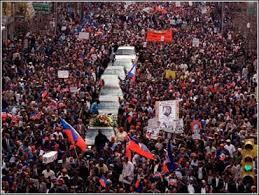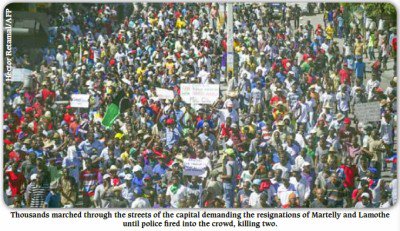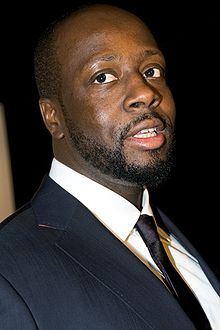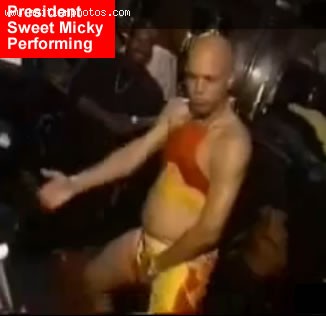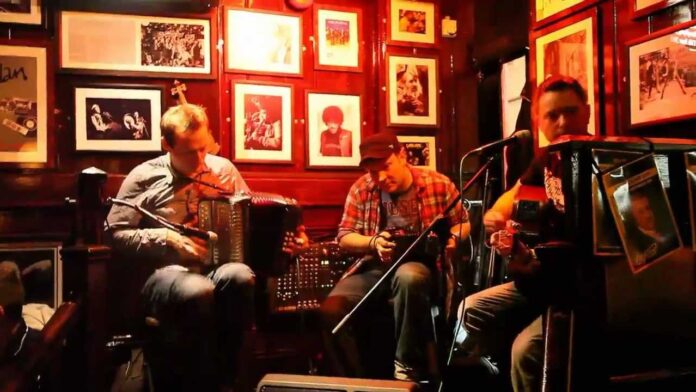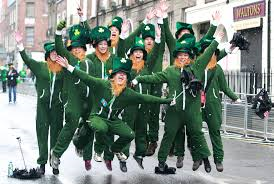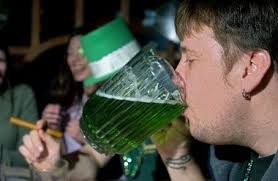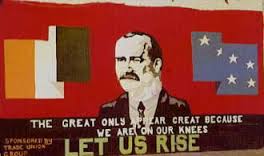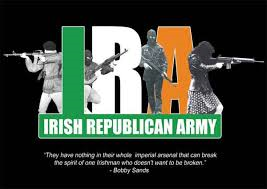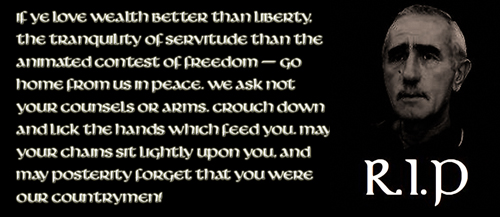Rastafarians are present throughout the Pan-African diaspora, a living manifestation of pride in African roots and a direct link to the ancestral world. There are thriving Rastafari communities in the Caribbean, Western Africa, Latin America and within immigrant communities in the US and Europe. Beyond the Pan-African world, the influence of the Rastas is felt from the Pacific Island nations of Hawaii and Fiji to the Arab world to the inner-city neighborhoods of New York and London.
Upon recently returning from Jamaica –the birthplace of this far-reaching culture, world-view and lifestyle known as Rastafarianism– I wanted to reflect on my groundings with a Rasta community.[1] Rastas are misconstrued and misunderstood. There are a host of misrepresentations that misinform the outside world’s view of this nation that exists within nations. I will share some of my groundations with some Rasta friends and comrades in Kingston in order to challenge some of these misconceptions. I don’t claim to speak for or understand the Rasta way of life. I am merely a storyteller sharing some of my experiences in order to offer a different perspective on some inspiring, graceful human beings I had the good fortune of learning from.
Allman Town
The portrayal of Kingston in The Jamaican Observer or in popular movies like “Belly” or “Shottas” is designed to strike fear into the heart of the visitor and keep them on the tourist path, with all of the consumer patterns this entails. My mission then was to navigate the streets of this city of over 600,000 people and develop an understanding of how social stratification plays out and how people live and survive in a hostile neoliberal economy.
Contacts in other West Indian nations and the Spanish-speaking Caribbean introduced me to student and community organizers in East Kingston some of whom were Rastas. We organized a community event in Allman Town looking at the overlaps between police terror in Tivoli Gardens and the South Bronx and the Black Lives Matter movement that grew out of this reality.[2] Afterwards, some Rastas invited me to walk their neighborhood streets with them. Rolling with this highly-respected crew was an immediate passport into the collective spirit of the community and provided me with a glimpse into these narrow, winding back roads miles, away from the Jamaica the foreigner is accustomed to seeing.
The brethren saluted everybody as we strolled by neighbors who were parring.[3] It was past nine o’clock and the streets were alive with music, children, spliffs, and neighbors cracking jokes and catching up on the day’s activities. Families sold fried chicken with peas and rice out of make-shift kitchens in the front of their wooden homes. I was hungry and the Ital food shack had closed much earlier. Rastas prepare their nourishment with the utmost care. They do not consume food that they themselves have not prepared from scratch. Naïve as I was, I thought by ordering a vegetarian option I could share with the crew. They would not accept any of the rice with peas, cabbage and carrots because of the oils, pesticides and herbicides that were mixed in.
Spiritual Collisions
Next we passed by an Evangelical gathering. A hundred or so Pentecostals celebrated their faith on a main street adjacent to Heroes Circle singing hymns and listening to a preacher bellow about the salvation that awaited the true believer. I observed the interaction of the two different spiritualities -–one inherited from the white world, the other from Africa– vying for influence, over the soul of Kingston. Herein lay the origins of Rasta faith as Kymani explained it: “A long time we see image a white god, white Christ. Dis a nuh owa God. Haile Selassie – di king of kings – di God of di black man. Him a fi wi God.”[4] The religious ceremony practically came to a standstill when we walked by. Those who had not stopped singing and chanting to greet the Rasta crew stared at us from across the street. The back and forth and jesting was friendly. Everybody knew each other. After a five minute interruption, the good Christians gathered themselves back together and proceeded with their routine.
Zebulun walked the streets barefoot. He wanted to be as close to the earth as possible. The concrete could not deter him. He had not worn shoes in over three years. The Rasta is a free man, perhaps among the freest to roam the earth, not bogged down by white beauty standards and products, white illusions and white gods. He knows where he stands in the Babylon system, on the margins as far removed as possible with no intention of integrating into a burning house. He prefers to exist outside of the shitstem, unencumbered by the burdens of the market economy.[5] To the extent that he can, he subsists of what he himself produces. Communal living is a sharp antidote to the exploitation that characterizes human relations today.
The locs are the most visible sign of natural, unapologetic Black beauty. The crown is a rejection of white beauty standards. Some elder Rastas –-contemporaries of Bob Marley– explained that the anti-colonial Mau Mau fighters were the first to adorn the dreadlocks. Images of the guerrilla fighters in the bush first reached Jamaica in the 1930’s and inspired what would become the ultimate symbol of the Rastas.
I was proud to be part of the dignified, distinguished band. We attracted attention at every turn. The youngsters wanted to join us. We passed by a corner where six or seven women played bingo with their children, inventing makeshift games close by. They beckoned for us to come by and share a few moments with them. We swooped in to exchange some gentle banter. I took advantage of the opportunity to inquire about the Gully & Gaza divide. They explained that there were two famous reggae stars Vybz Kartel and Movado and how their rivalry sparked the dividing of different hoods into spheres of influence that supported either Gaza (Vybz and the Portmore Empire) or Movado (Cassava Piece). One teenage girl referred to Vybz as “the world don.” Lost in the Patois, I asked her why she thought he was “a moron?” My complete misunderstanding spawned laughter. But following up on “the moron” misunderstanding, I brought up the skin-lightening creams that are used in Jamaica and that Vybz Kartel himself infamously used. Some of “da yute” shrugged it off as a stylistic choice, parroting Vybz’s line that it had nothing to do with self-hatred.[6] Zebulun took us deeper to the source of the issue evoking the memory of Marcus Garvey and the centuries-long struggle to recover a Black self-image that slavery and the post-slavery economy had waged war on. The conversation again proved to be fascinating and they pleaded with us to stick around, but we were off as quick as we arrived.
“Every man a smoke his own spliff”
Our next stop was a local tavern. Three veteran dreads downed some beers in between puffs of sinsemilla. Carrington –-who rolled with the righteous crew but was not a Rasta– wanted a drink. He mixed a shot of vodka with an energy drink called Boom. Rastas don’t consume alcohol. They patiently puffed away as Carrington enjoyed his drink, explaining that the police still parade in and harass them for their time-honored tradition of smoking. The state still stops, frisks, harasses, fines and arrests them for being who they are. What are the fines but another tax on poor people’s very existence? Though the enforcement is not as draconian, the harassment takes place against the backdrop of the Dangerous Drug Laws of decades past which landed scores of the Rasta faithful in General Penitentiary.
Rastafarianism requires a lifestyle of great discipline and faith. I come from a family that has abused marijuana and used it as a numbing of the senses, a way to check out and escape social reality. The Rastaman utilizes the cannabis plant to smooth out the world’s tensions and glide deeper into his own spiritual harmony. The cannabis of the Jamaican mountains was pure and untampered with. In contrast, we here in the US smoke the McDonalds’ version of marijuana, coated with chemical additives. The long-term effects from a habit-forming addiction and a guided spiritual practice are very different.
Never a smoker myself, I promised some faithful weed-puffers back home that in the course of my travels through Kingston, I would inhale a hit or two on their behalf. When I jumped in the corner cypher, the response was uniform and swift: “Each a-man smoke him own spliff.” There would be none of the passing of the blunt as we are accustomed to seeing in the states. Good lesson learned. I had no need to smoke after all.
Having traversed so many topics that night -–both at the formal gathering and now in these informal streets gatherings– I returned to a question I had posed to Rastas in Havana, Port-au-Prince and Chaguanas: “What do you fight for? What is your ideology?” The responses turned into a history lesson that I am anxious to share with the reader. While the youths claimed to be non-ideological and to pledge allegiance only to the Conquering Lion of Judah, some elders delved deeper into the question.
Coptic Cooptation
Nothing strikes fear into the hearts of the island status quo like the agitation of the sufferah.[7] Benjamin was in his early 60’s. He described how the ruling class has invested a great amount of calculated effort into ensuring that the oppressed -–the sleeping lion– remained in their slumber, languishing in silence and conformity. The 1865 Morant Bay rebellion and the 1938 St. Thomas strike proved to British capital and the island’s managers that the mobilization of the producing classes signified direct consequences for those who profit off of “order and tranquility,” that is the order of the propertied and moneyed.
It made me think of Dr. Walter Rodney –-the Guyanese Pan-Africanist and revolutionary– who came to teach at the University of the West Indies at the height of the Black Power movement which grew internationally and among the African-American people. Rodney urged the sistren and brethren to differentiate between the ideal of a heaven-on-earth kingdom and the reality of the African village and its systematic interruption by white settler colonialism and its African collaborators. This tension persists today between idealism and materialism –-between the Rasta who maintains faith in Haile Selassie’s pending divine intervention and the political Rasta who insists on fighting for Black equality in the here and now. In 1968 the Minister of Interior referred to Rodney as “the greatest threat to the security of Jamaica.” An apolitical Rasta was acceptable –and even promoted– but a politically-charged movement united across Rasta and non-Rasta lines for Black social redemption was too much of a threat. Because of Rodney’s “dangerous” interventions in the neglected gullies, he was deported and banned from Jamaica, resulting in rebellions across Kingston that donned his name.
While the state repressed with one hand, they promoted and offered free passage to depoliticized foreign Rasta imitators with the other. Historian Horace Campbell reflects on the attempts made by US and Jamaican intelligence agencies –in collaboration with one another– to infiltrate Rasta youth. The Ethiopian Coptic Zion Church was based out of Star Island, Florida and imported into Jamaica. This grouping of nebulous origins, placed all of their emphasis on the fetishizing of ganja and the idolization of Emperor Haile Selassie and veered away from the class-conscious and Black nationalist essence of Rastafarianism. They were given a free hand to traffic drugs in and out of Jamaica, accumulating thousands of acres of land second only to American bauxite companies in terms of land ownership.[8] Such importations were used to sow confusion among the youth, blurring the lines between genuine Rastas and impersonators of their styles and aesthetics, who selectively drew from the spiritual tenants of their belief system. These imposters –masquerading as Rastas– functioned as mafiosos and religious zealots, contributing to the further misrepresentation of the Rasta as they carried out their own individualistic agendas.
According to the elder Benjamin, the state’s message is simple; abide by our laws, practice your faith, don’t take up too much social space and the harassment will be minimal. But resistance –-any challenge to our monopoly over the central economic arteries of this society– will be punished. Dismissed as non-ideological, the brethren had a very political understanding of the challenges before them.
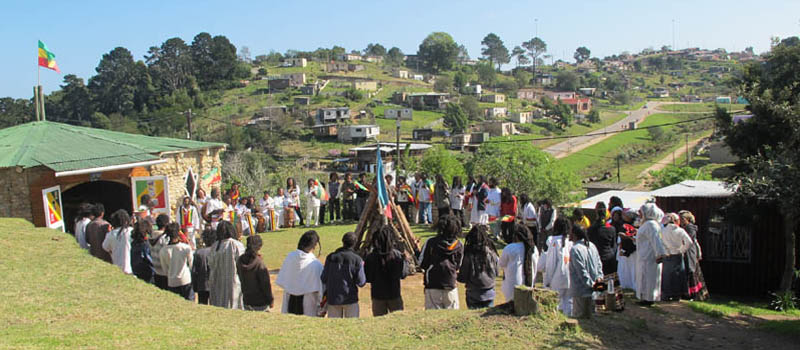
Unleashing the Thunder of the Sufferah
The Rasta was the pulse of the neighborhood, radiating out positivity wherever he roamed. The sistren and brethren were highly creative. Among their ranks were painters, singers, artists, composers; producing always producing.[9] Burdened by the parasitism that lords over all members of the laboring class -–the landlord, the store owner, the police fines, the tax collectors, the supervisors, the boss, the foreign owner– the most humble still produce more art than any other class. Where have all of the internationally-acclaimed reggae artists come from? The gullies, the roots, the bottom, the ghetto. The comprador bourgeois class –and the classes most directly influenced by them– have their sights set on London, Paris and New York and are dismissive of musical and aesthetic expressions which are manifestations of Black and African pride.[10]
The Rasta to this day constitutes an oppressed, socially-maligned and stigmatized segment of Jamaican society. But everyday they win over more trust and respect because of their happy, peaceful way of being. Exuding warmth, life, optimism, eternal smiles and unity…this was a snapshot into the ancient soul of Senegambia. I went to say goodbye. One of the other brothers, named Unorthodox –-a writer and hip hop artist– put up his right hand and said “Lian Paw.”[11] Above shoulder height, he interlocked his right hand with mine pressing his palm against my palm saying “Rasta nuh seh good-bye. I seh good ova evil. I seh life ova det.”
[1] Groundings are the Rasta word for building, politicking, and working towards a strategic end.
[2] On May 23rd 2010 hundreds of police entered the Tivoli Gardens neighborhood in pursuit of a Christopher “Dudus” Coke. Over the course of the next week they would go on to kill 140 Jamaicans in what would be known as the Tivoli Gardens Massacre. Presently there is an inquiry into the excessive force deployed by the state and their foreign backers. While the state puts the official death toll at 73, the community says that it is twice that.
[3] Ours was a crew of men, hence the masculine pronouns. Parring is a Jamaican word for hanging out.
[4] “For so long we only saw the image of the white god, the white Christ. This is not our god. Haile Selassie –the king of kings- the God of the Blackman. This is our God.”
[5] The shitstem was Peter Tosh’s word for the system of capitalism.
[6] The youth.
[7] Sufferah is the Rasta term for the poor and oppressed.
[8] See Rasta and Resistance. Horace Campbell. Page 115.
[9] Resistance has brought change. Many Rastas are now lawyers, doctors, journalists and the like.
[10] Comprador refers to the local rulers who are beholden to foreign interests. Sell-outs.
[11] Lion’s Paw but pronounced as written.
